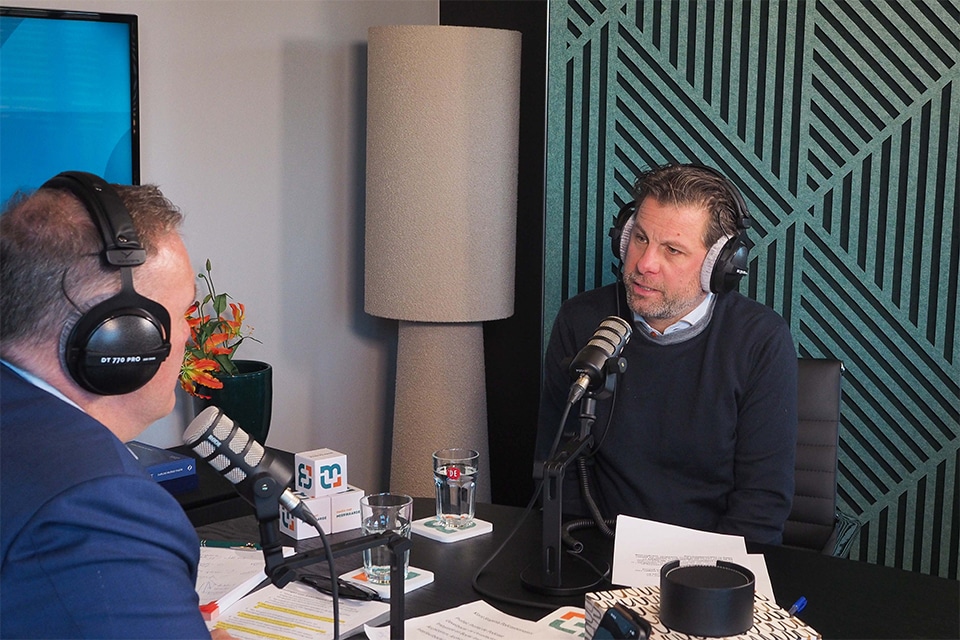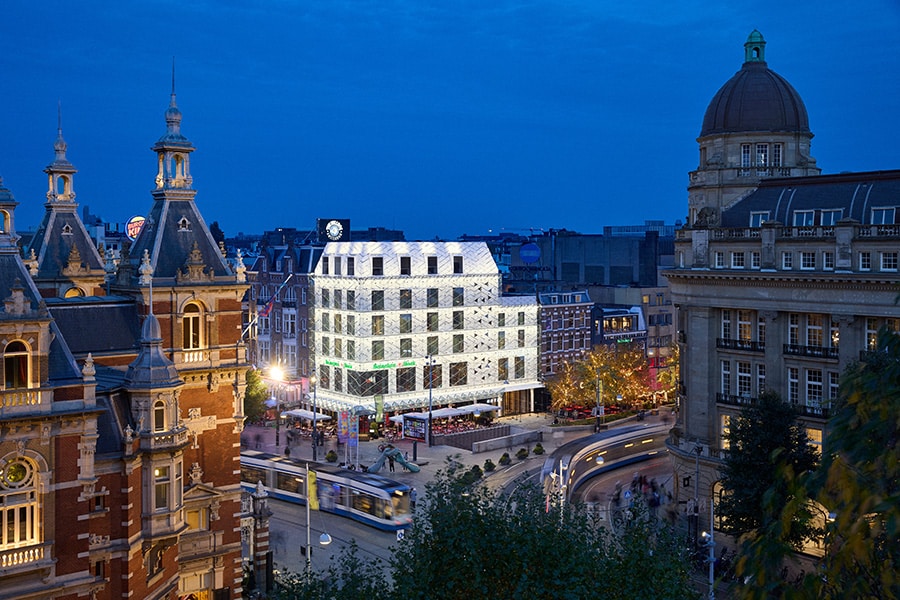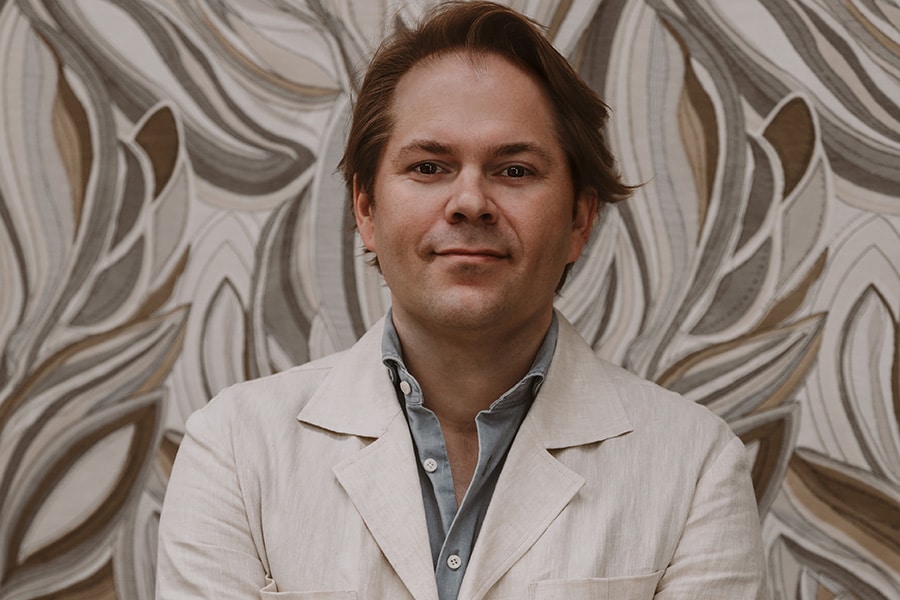
Working visit Hugo de Jonge: importance of architecture in accelerating housing construction
'Very important that, and curious how we bring the architect forward. It's about more than aesthetics, which is important, but also context and sustainability'. Minister Hugo de Jonge of VRO was positive about the possible role of the architect at the BNA working visit. It was illustrated with two projects: Little C and Fenix I in his own Rotterdam. 'Pace is important, but it has to have quality,' de Jonge agreed when asked to the BNA delegation led by chairman Jolijn Valk.

The visit to the architectural sector - in the presence of a BNSP board member - was devoted to the better use of design power for the major social tasks. Little C showed how densification and quality can go together, both architecturally and urbanistically. The spectacular Fenix I showed a fine combination of reuse, daring, good architecture and ditto cooperation, with the architect as the pivot. Both illustrated that early involvement of architects and designers has an effect. 'Fantastic projects, from which I also learn,' said the minister.
The Minister was received by the BNA delegation and the architects and clients involved in the projects. After an opening by chairman Valk about design power, the social added value of architects and the necessary cooperation in the chain, the projects were visited. Led by director Fred Schoorl, the minister was informed about the role and added value of good design and process in inner-city building. The projects showed the added value of the architect and intensive cooperation in successful urban densification.

Little C showed the minister how collaboration with architects produces a high-quality urban environment, with high density and a vibrant, green environment for residents and businesses. This is how you add housing and livability with quality to the city. After an animated discussion and tour, the company visited Phoenix I. This project showcased the mixed-use program in which a new volume with over 200 loft dwellings was built on top of the 100-year-old monumental Fenix shed. Densifying, topping up an existing building is pure necessity. In this size and quality it is special. So is the role of the architect, who worked very hard for years with the developer and municipality on livability and quality. 'These are fantastic examples that inspire me,' de Jonge said.
The minister was genuinely inspired after the working visit. The BNA delegation emphatically gave him the message to stimulate in his policy that the power of design and designers at the front have added value, given the complex challenges for all of us. That urban densification is possible and new solutions are possible by imagining, connecting and innovating. And that sustainability and circularity must and can be achieved, also by using standardization and industrialization. In addition, chairman Valk emphasized that not only the role and position of designers should be strengthened, but certainly also the appreciation and fair compensation in selections and tenders. That the BNA as a branch together with professional associations goes for built happiness could not be missed.
Chairman Valk found the working visit successful. 'We showed that we are ready with all designers and partners for the major tasks, at all scales. The importance of beauty, diversity and context was nicely illustrated. We saw a minister who understands that housing construction does require quality in addition to pace for sustainable results and a livable, affordable city.'
The minister said goodbye with the call to take up his policy ambition Beautiful Netherlands together, and: 'keep inviting me'. The following topics - including circularity, industrialization - have already been named.




